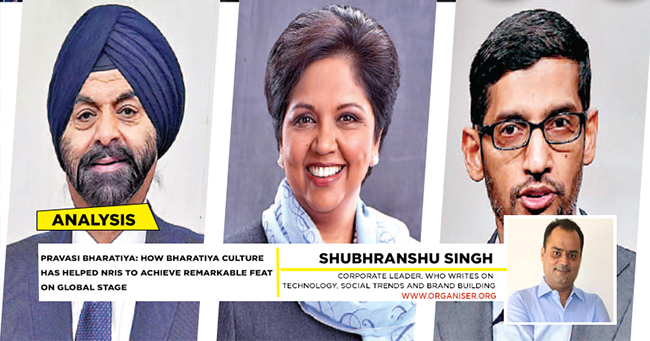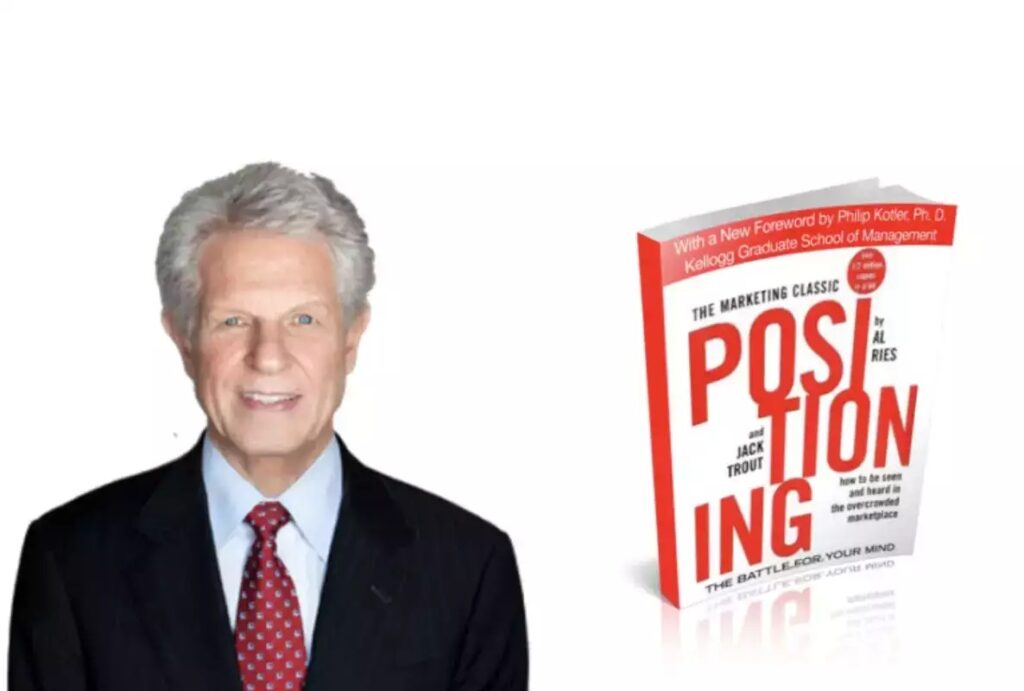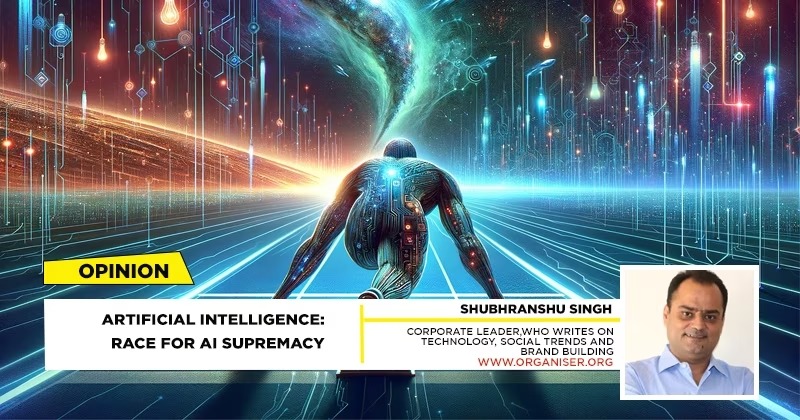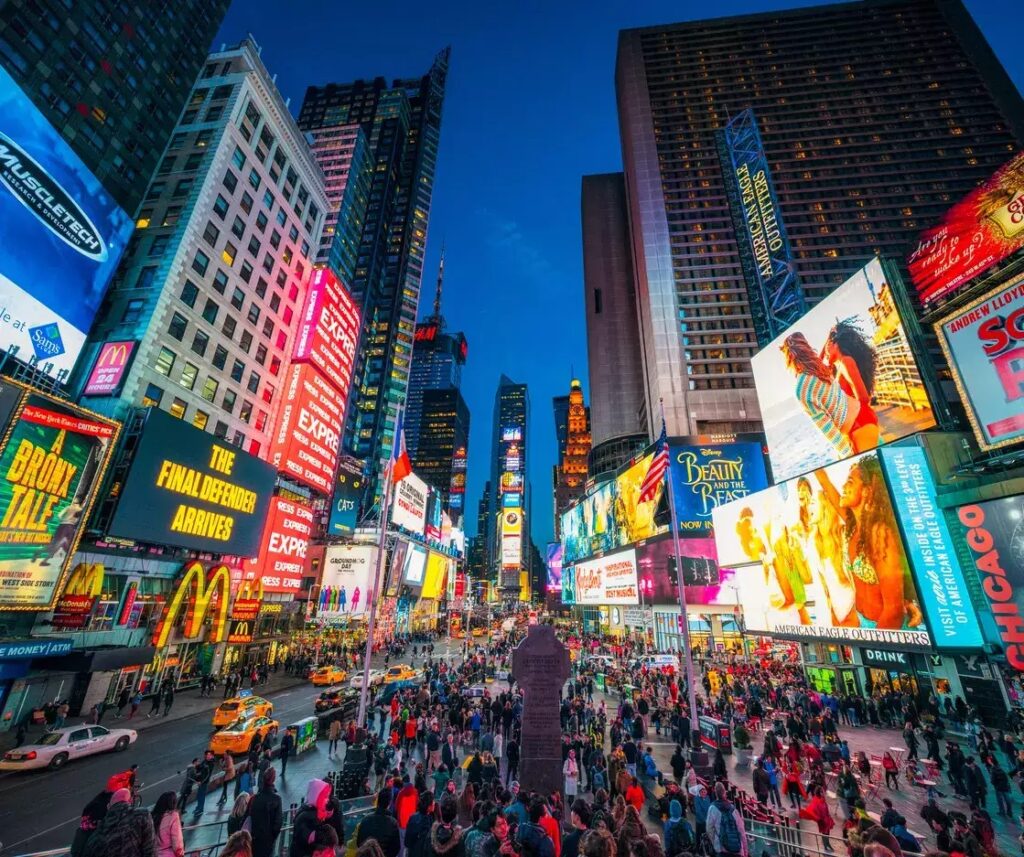Pravasi Bharatiya: How Bharatiya culture has helped NRIs to achieve remarkable feat on global stage
People of Bharatiya Origin are now leading the world’s biggest multinational companies and are also playing important roles in local governance. One of the crucial facts which have helped them achieve this remarkable feat is Bharatiya Culture, which promotes harmony, adaptability and sensitivity [siteorigin_widget class=”SiteOrigin_Widget_Image_Widget”][/siteorigin_widget] Ajay Banga, Indira Nooyi, Gita Gopinath, Rishi Sunak – any picking of names from the global leadership lists shows the deep and wide presence of the diaspora from Bharat. From the House of Commons with a count of 19 members to the top two of the three business school deans in the United States, people of Bharatiya origin are marching from success to success. This is a vital, vibrant and value-adding community wherever it may be in the world. It does not matter whether they were born and raised here and then left for foreign shores or have been overseas for generations. What matters is that they have a connection with Bharat.In the business world, the impact of Bharatiyas is perhaps even more pronounced. Adobe, Alphabet, IBM and Microsoft are all led by people of Bharatiya descent. Today, more than 25 of S&P 500 company CEOs are Indian born. This is up from a list of 11 a decade ago. Bharat is the leading country of origin for immigrant founders of unicorns in the United States of America. It is not by chance that there are so many Bharatiyas in successful positions making their mark globally. It is a cultural strength that provides them with an inherent advantage. Bharatiya culture promotes harmony, adaptability and sensitivity. Our culture teaches us to be respectful, flexible and empathetic to others while working diligently to achieve success. We also possess the sensibility to strive without hankering for results. The list of successes spans across fields as diverse as cricket, business leadership or politics. We have a near-permanent presence in the corporate, entrepreneurial, applications technology and financial networks of the West. The areas where there is headroom for us to grow include global media, foundational technology, aviation, defence, luxury and logistics. These connections help us build global connections to Bharatiya businesses and facilitate Bharat’s integration into global value chains. Meanwhile, did you know that the fastest-growing language in America is Telugu? The Bharatiya diaspora plays a crucial role in shaping global social, economic, and cultural spheres. As individuals of Bharatiya origin have dispersed worldwide, Bharat’s soft power boundaries have expanded. Bharat is now much more respected on the global stage – both as a services powerhouse as well as a leader in development. The likes of Satya Nadella, Sundar Pichai or Ajay Banga have not left Bharat,but taken Bharat with them to all corners of the world Economically, the Bharatiya diaspora has been a driving force in fields like technology, medicine, and finance. Culturally, the Bharatiya diaspora acts as a vibrant ambassador for Bharatiya traditions, arts, and languages. Festivals, music, dance, and cuisine from Bharat get rooted in diverse corners of the world, enriching the global cultural tapestry. This cultural exchange not only enhances an appreciation of diversity but also fosters a sense of unity among people from different regions of Bharat. In America, Desi is a proud self-identifier. Socially, the Bharatiya diaspora provides active involvement and financial support to their adopted countries. Even as generational change occurs, their distinctive contribution makes them a formidable force on a global scale. Corporations like Google-led by Sundar Pichai, Microsoft-led by Satya Nadella, MasterCard – earlier led by Ajay Banga have all stated on multiple occasions how important Bharat is for them as a market. Corporations like these are not just net acceptors of Bharatiya intelligence and leadership but also bring a lot back to Bharat itself in the form of partnerships, technological know-how and investments-all of which stand to benefit Bharat in the long run. So, brain drain ought to be thought of as brain gain. The diaspora’s ability to navigate diverse cultural contexts enables them to facilitate communication and understanding between Bharat and their adopted countries. Our Prime Minister has made it a powerful part of his international diplomacy. It has galvanised the global Bharatiya diaspora in the context of a more confident Bharat. Bharatiyas are the highest-earning migrant group in America, with a median household income of almost $150,000 per year. That is double the national average and well ahead of Chinese migrants, who have a median household income of over $95,000. In America, almost 80 per cent of the Bharatiya-born population over school age have at least an undergraduate degree, according to a research analysis by Jeanne Batalova at the MPI. Just 50 per cent of the Chinese-born population and 30 per cent of the total population are under-graduates in comparison. Joseph Nye, a Harvard professor who coined the term “soft power “more than three decades ago, noted, “Such power is created by the success of the diaspora and not merely by the number of people you send abroad. This creates a positive image of the country from which they came and that helps their native country.” Bharat is now much more respected on the global stage – both as a services powerhouse as well as a leader in development. The likes of Satya Nadella, Sundar Pichai or Ajay Banga have not left Bharat, but taken Bharat with them to all corners of the world. Be it economic growth, cultural enrichment, diplomatic relations or social development, recognising and celebrating Bharat’s civilisational export adds to the nation’s well being. The synergistic output from this ‘larger Bharat community are boundless for Bharat as well as for the West. They may have been far away but they are not away.










